
Linda Wilson, University of Idaho, Bugwood.org

Michael Shephard, USDA Forest Service, Bugwood.org
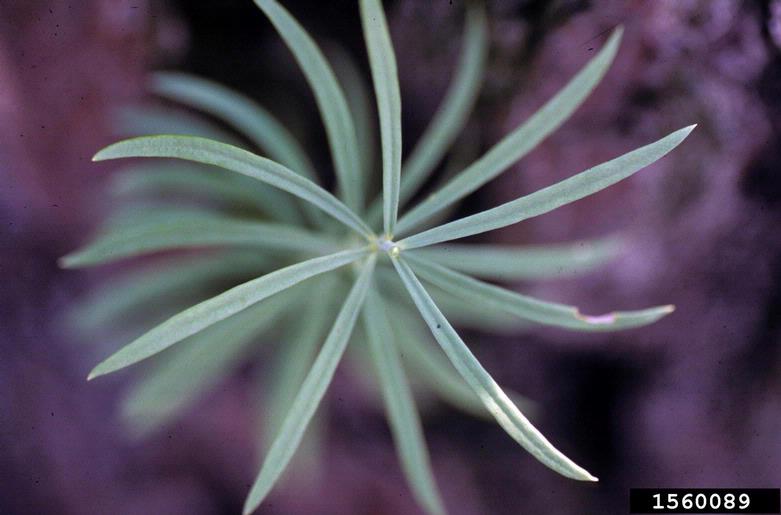
John Cardina, The Ohio State University, Bugwood.org
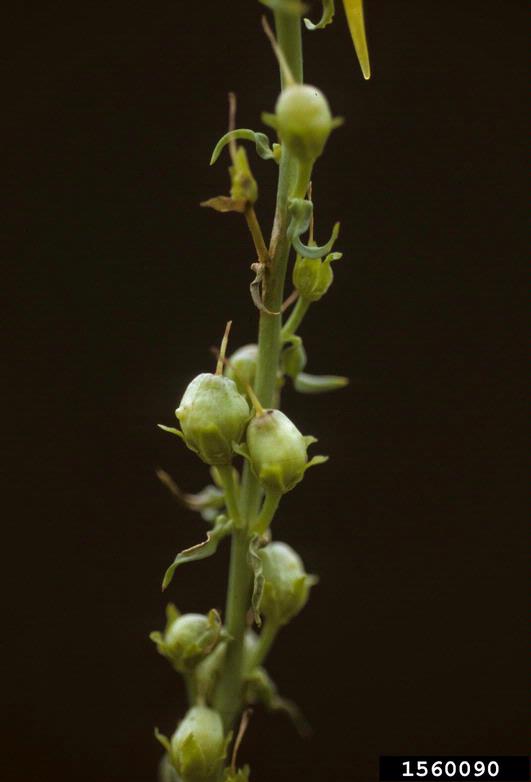
John Cardina, The Ohio State University, Bugwood.org

Dave Powell, USDA Forest Service (retired), Bugwood.org

Wendy VanDyk Evans, Bugwood.org

Caleb Slemmons, National Ecological Observatory Network, Bugwood.org
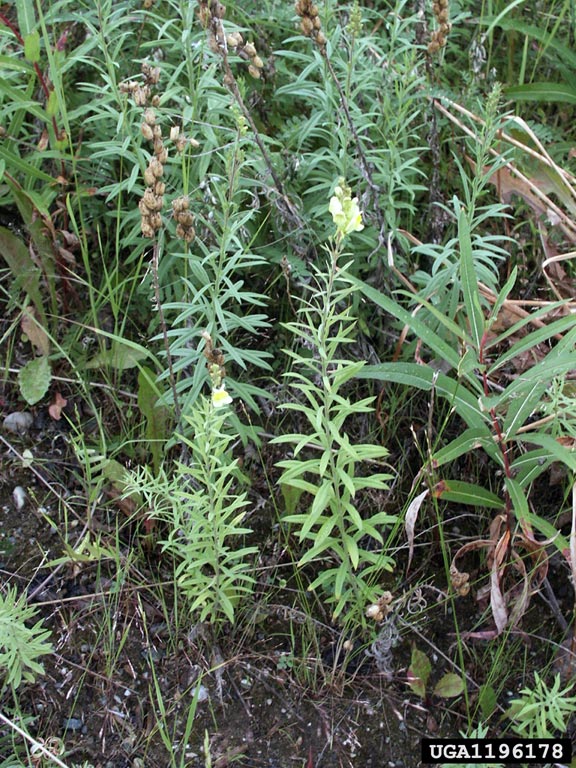
Elizabeth Bella, AECOM, Bugwood.org

Steve Dewey, Utah State University, Bugwood.org

Steve Dewey, Utah State University, Bugwood.org
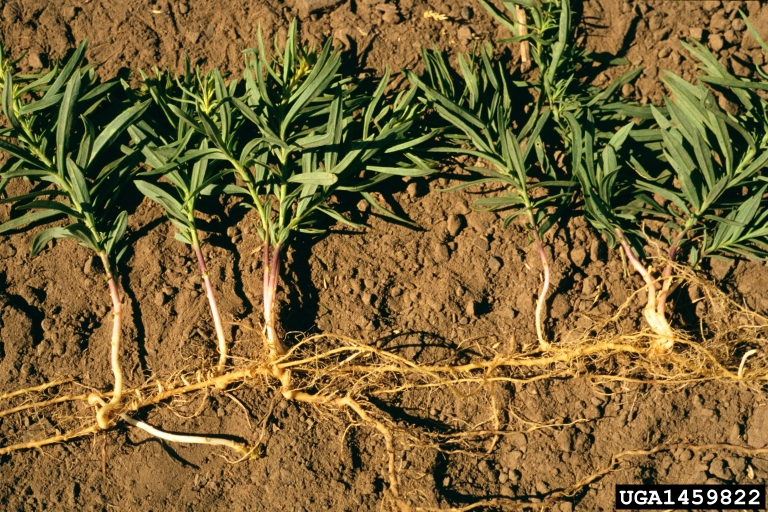
Steve Dewey, Utah State University, Bugwood.org
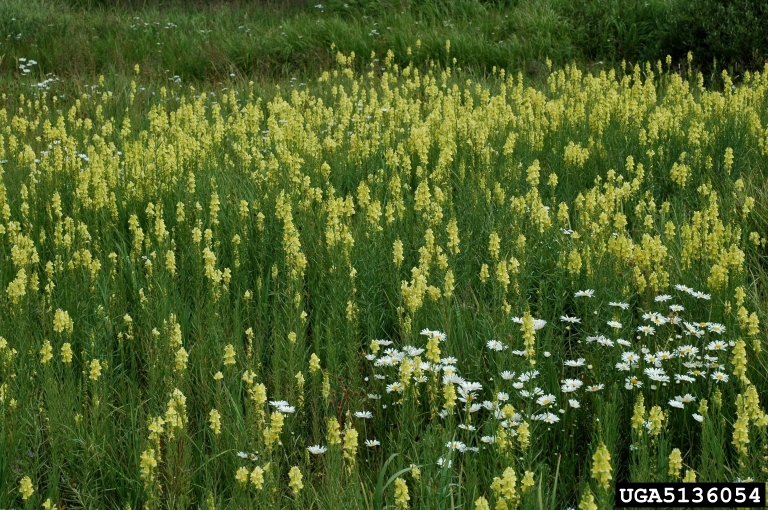
William M. Ciesla, Forest Health Management International, Bugwood.org

Steve Dewey, Utah State University, Bugwood.org
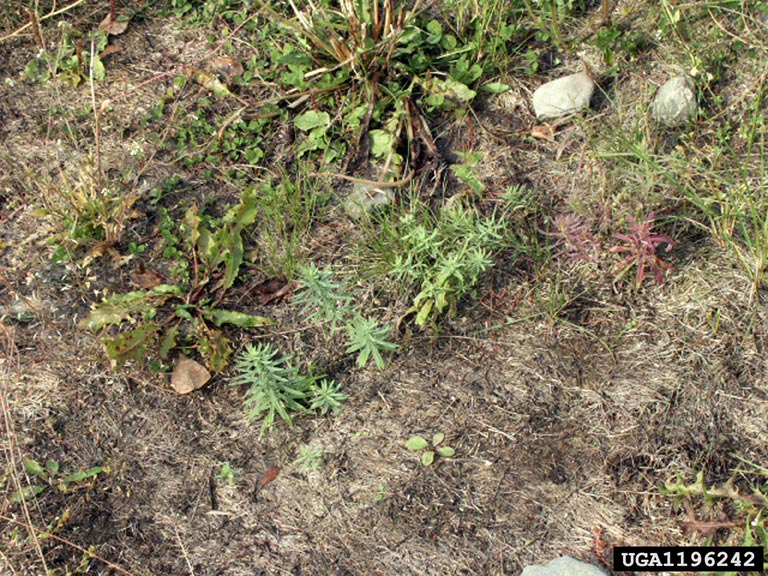
Elizabeth Bella, AECOM, Bugwood.org

Ken Chamberlain, The Ohio State University, Bugwood.org
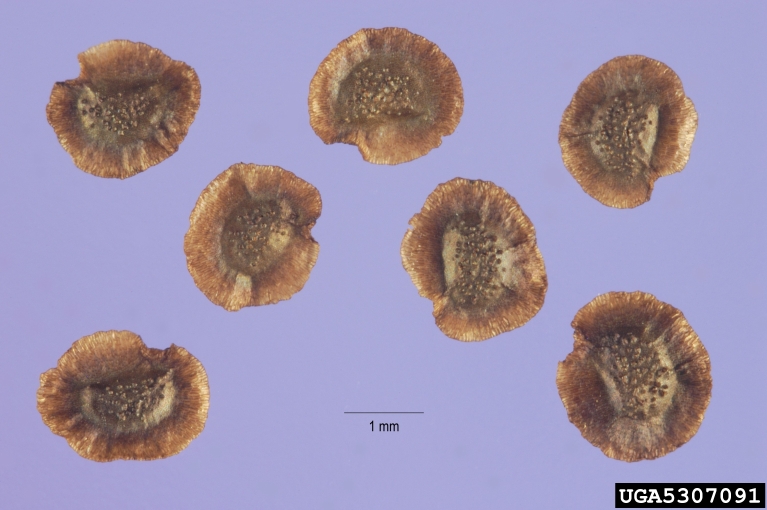
Steve Hurst, USDA NRCS PLANTS Database, Bugwood.org

USDA NRCS PLANTS Database , Bugwood.org























